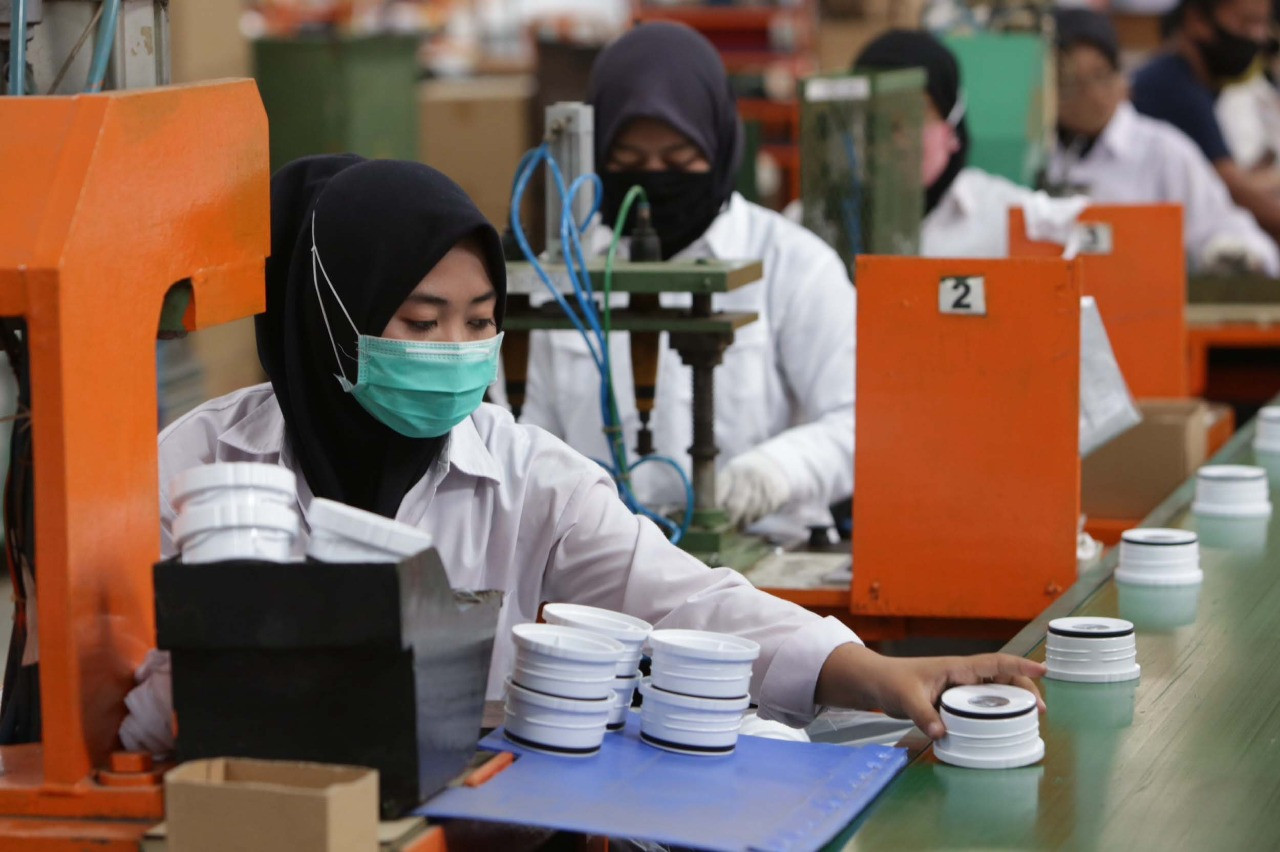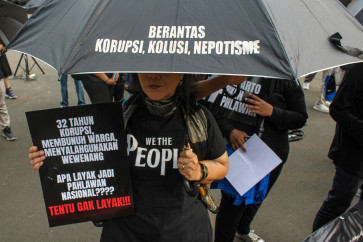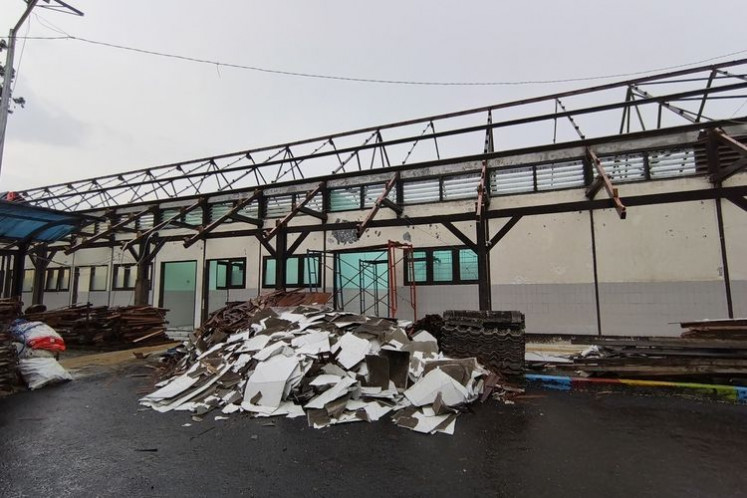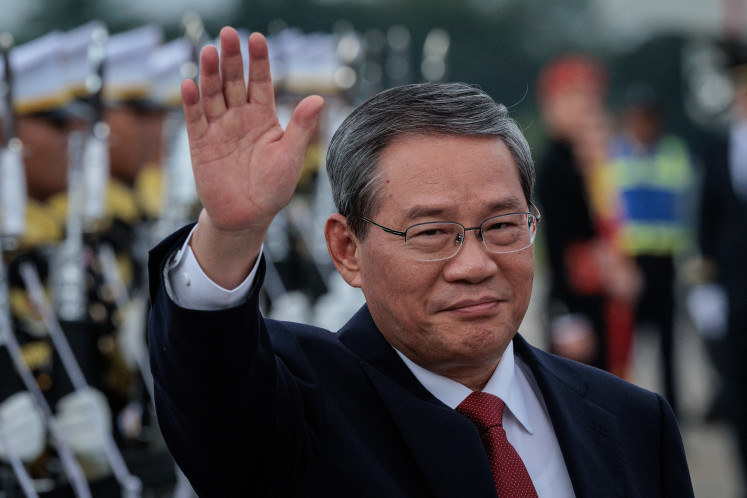Apindo expects employment recovery in 2022
The Indonesian Micro, Small and Medium Enterprise Association (Akumindo) is expecting employment to start recovering later this year, while the Indonesian Employer Association (Apindo) says the recovery may take place in the second quarter of next year.
Change text size
Gift Premium Articles
to Anyone

I
ndonesian Employer Association (Apindo) labor affairs deputy chair Bob Azam expects domestic employment to return to prepandemic levels by the second quarter of 2022, led by the reopening of small businesses.
He predicted a faster recovery among micro, small and medium enterprises (MSME) than among larger companies as the recent easing of micro-scale public activity restrictions (PPKM) tended to favor the informal sector.
“We can see that the formal sector has not been very active,” Bob told The Jakarta Post on May 6. “There was a rise in employment in February because of the harvest season, so the informal sector has actually been more active. Employment will go down in August [as the harvest season ends].”
Indonesia’s unemployment rate fell to 6.26 percent in February this year from a decade-high 7.07 percent in August of last year, according to a biannual survey by Statistics Indonesia (BPS).
Under Bob’s projection, Indonesia’s unemployment rate in 2022 will approach the 4.94 percent recorded in February 2020, a month before the country confirmed its first cases of COVID-19.
Read also: Unemployment remains high at 6.26% as millions continue to reel from pandemic 'fallout'
Many economists have said that helping MSMEs, which employ 97 percent of the country’s workforce, is key to lowering unemployment to prepandemic levels, wherein roughly half of the informal labor force worked in agriculture.
Ikhsan Ingratubun, chairman of the Indonesian MSME Association (Akumindo), said employment rates among MSMEs had started to pick up since November of last year, when the government imposed PPKM.
“Hopefully by year-end or the third quarter of this year it will start recovering,” Ikhsan said.
“The success of MSMEs in hiring workers back to normal levels […] goes in line with the handling of the pandemic. The better the COVID-19 handling, the more successful the hiring.”
The government allocated Rp 699.43 trillion (US$49.3 billion) in national economic recovery (PEN) funds this year. The largest chunk, some 27 percent, is slated for small business aid. The second and third largest portions will go toward health care and social welfare respectively.
Read also: Government pledges higher spending boost to focus on health
With the economy picking up in the first three months of the year, the number of pandemic-hit workers declined by 10.02 million from August 2020 to 19.10 million in February, BPS reported on May 5. The remaining pandemic-hit workers account for 9.30 percent of the country’s workforce. Most have faced reduced working hours and lower pay.
While most micro enterprises have not changed their employment terms, small and medium enterprises (SMEs) have tended to lower wages and religious holiday bonuses (THR), according to a survey of 1,180 MSMEs conducted from July to August of last year by the University of Indonesia’s Institute for Economic and Social Research (LPEM).
Indonesia’s gross domestic product (GDP), which relies mostly on household consumption, contracted 0.74 percent year-on-year (yoy) in the January to March period, showing a further sign of recovery as the contraction was less severe than the previous three quarters, BPS reported on May 5.
While some sectors, such as information and communication, grew, the transportation and warehousing sector posted the steepest decline with a 13.12 percent contraction from a year earlier, followed by accommodation and food and beverage services.
The manufacturing sector, which accounts for nearly one fifth of GDP, was down by 1.38 percent from a year earlier. The share of workers in the sector correspondingly shrank by 0.44 percentage points to 13.6 percent in February.
“We cannot yet expect the unemployment rate to return to the February 2020 level since economic growth remains negative,” SMERU Research Institute researcher Adi Rahman told the Post on Thursday.
He added that businesses, especially SMEs, were still holding back from hiring new workers because of the pandemic-induced uncertainty. There was also a risk of declining wages, job security and labor protections because many businesses were still in survival mode.









